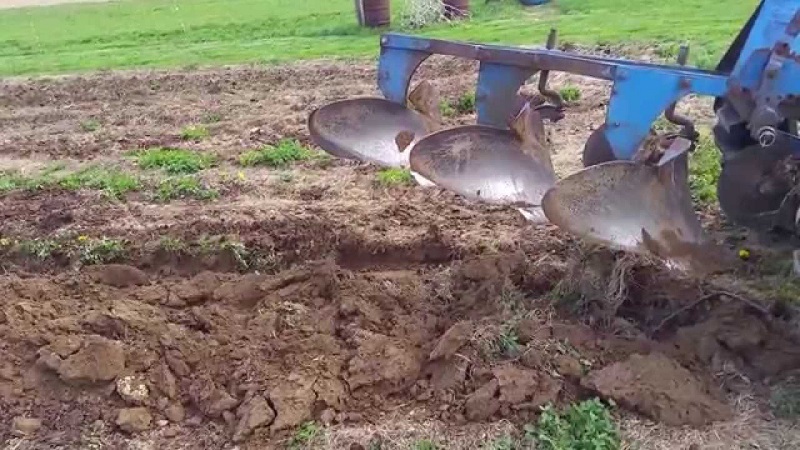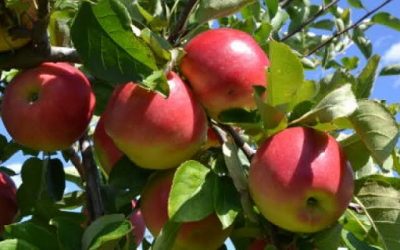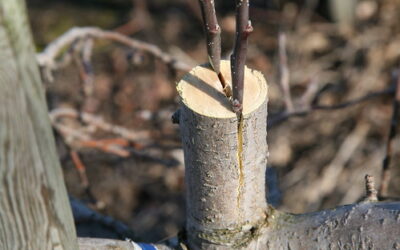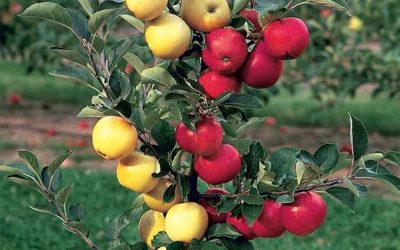Things to know before you Plough.

– If you intend transforming or removing more than 100ha of vegetation, you must have a full environmental impact assessment carried out.
– You must obtain authorisation from the department of agriculture if you wish to: cultivate ‘virgin land’ (land which has at no time during the preceding 10 years been cultivated); transform (such as brush-cutting or removing the vegetation entirely) more than 5ha; dredge, excavate, infill, move or remove soil, sand or rock exceeding 5m³ from a river, tidal lagoon, tidal river, lake, in-stream dam, floodplain or wetland; or construct/upgrade any dam, levee or weir.
– Unless you have written authority, you may not cultivate land if it has a slope of more than 20%, or has a slope of more than 12% and is situated in certain magisterial areas with specified erodible soils and physical properties.
– You must prevent soil loss on cultivated land by using the following measures as needed: soil conservation works, crop residues left on the land, and avoiding the use of infield transport and other heavy machinery when conditions are wet.
– All farm roads must be sited, constructed and maintained to minimize soil loss. Construction of river crossings should not result in concentration of the flow of the water in the river. Roads should cross watercourses at right angles.
– All roads should be adequately drained, and the drains either grassed or paved. The correct number of drains must be constructed to meet the slope requirements of the road.
– Routes should be selected to avoid sensitive areas such as indigenous forests, special natural plant communities, breeding sites, wetlands and archaeological or historical sites.
– Road culverts should be able to accommodate a 1:10-year flood, and culverts should be protected by rock pitching. Plant debris should be cleaned out by regular maintenance to avoid culvert blockage and erosion of the road.
– Farm bridges should have the capacity to accommodate a 1:10-year (secondary road) or 1:20-year (primary road) flood.
– Harvesting operations should minimize negative environmental effects, and therefore take into account topography, soils (erodibility and compatibility), weather, extraction routes and loading zone sites.
– Vehicle operators should operate harvesting vehicles with care to minimize soil damage (radial ply tyres, low tyre pressures, and ensuring that total mass is distributed over all the axles).


